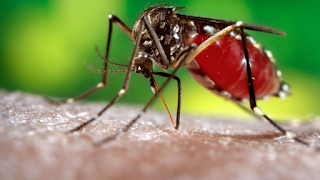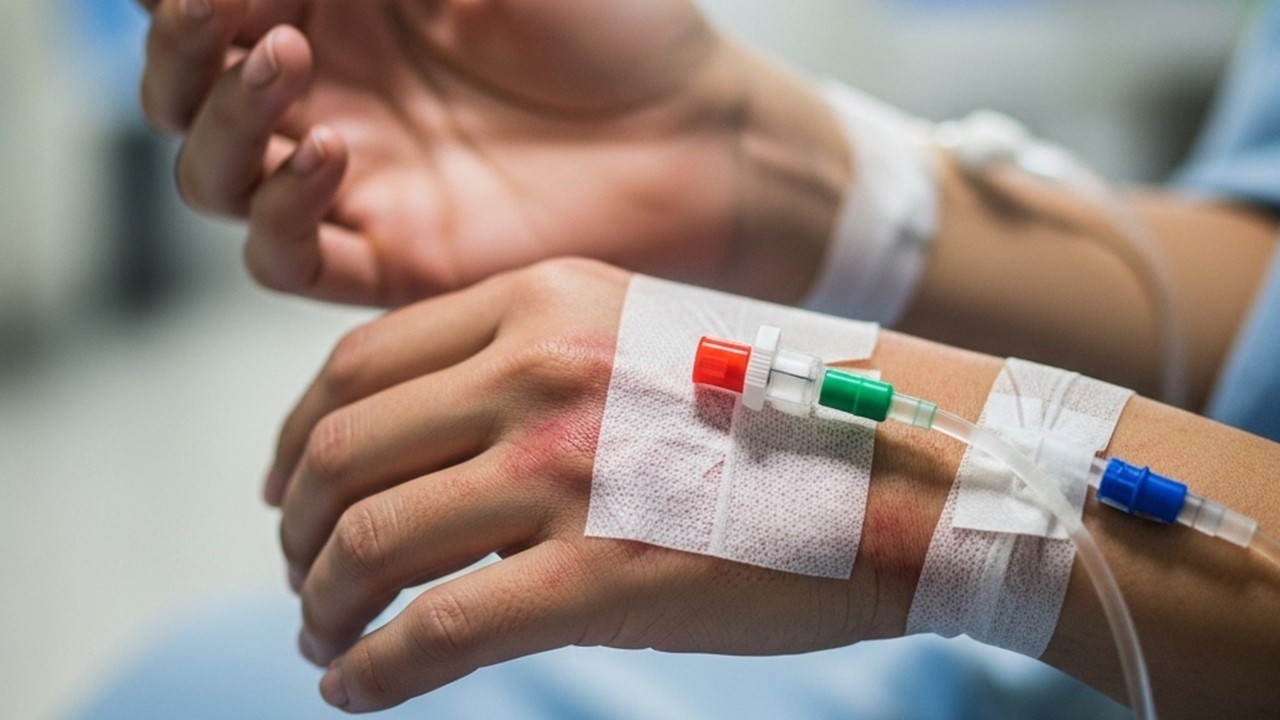 |
| The World Health Organization says there is no specific treatment for dengue fever and severe dengue is a potentially lethal complication | Photo: Financial Tribune |
Four members of the family of my wife in Marinduque are now battling with dengue. Icon, our 14-year-old niece, had fever Wednesday last week. Her mom, my sister-in-law, immediately brought her to Dr. Damian J. Reyes Memorial Hospital, the Marinduque provincial hospital, where she was diagnosed with dengue.
Unfortunately, the provincial hospital could no longer accommodate our niece. She and other dengue and suspected dengue patients had to stay overnight at the hallway because the 100-bed hospital was full.
The following morning, our niece’s parents brought her to a private hospital in Lucena City, taking the first RoRo trip from Balanacan to Talao-talao Port. But another unfortunate event happened when they reached Mt. Carmel Hospital: Mat, Icon’s elder brother, also had fever and was later on confirmed to have dengue, too. The following night, my bother-in-law, the kids’ father, was also diagnosed with dengue.
But that’s not all. Another nephew who was left in Yook, Buenavista, Marinduque, also started to have chills and felt very weak- all symptoms of dengue. Again, he had to take the Roro and travel more than four hours to get medical treatment.
Poor Medical Services
This experience is not exclusive to the family of my wife. Many other patients have to travel several hours via RoRo to get the necessary medical attention. And I am talking about dengue patients alone.
Dengue is a viral infection transmitted by an infected female Aedes mosquito. Dengue fever is a flu-like illness that affects infants, young children and adults. Symptoms appear in 3–14 days (average 4–7 days) after the infective bite.
The World Health Organization says there is no specific treatment for dengue fever and severe dengue is a potentially lethal complication. However, early clinical diagnosis and careful clinical management by experienced physicians and nurses often save lives.
Unfortunately, Buenavista Mayor Russle Madrigal revealed that one patient in the nearby municipality of Gasan, died of dengue two nights ago.
Marinduque, the heart of the Philippine archipelago, is an island province in Region IV-B, the MIMAROPA region. It is a small province with an area of around 95,000 hectares and a population of less than 230,000. It has six municipalities— Mogpog, Gasan, Buenavista, Torrijos, Sta. Cruz, and its capital, the Municipality of Boac.
For a province that has produced some influential personalities like former Supreme Court Chief Justice Ricardo Paras, SC Associate Justice Presbitero Velasco, former PNP Chief Recaredo Sarmiento, celebrity dentist Ninia Rodil, and Executive Secretary Alexander Aguirre who also became a National Security Adviser during the time of President Estrada, it is so frustrating that basic medical services remain inadequate in Marinduque.
This inadequacy is further highlighted by the utter lack of attention by the local government officials. Marinduque Governor “Nanay” Carmencita Reyes, when interviewed by my wife, Atty. Rhina, in her DZRH program, could not even give details on dengue cases in her jurisdiction. Other than general statements, the only thing she said was that only the municipality of Buenavista has dengue cases. This is apparently erroneous because there has been a casualty in Gasan while some dengue patients from Mogpog and Boac are now confined either in UST hospital in Manila or Mt. Carmel in Lucena City. Nanay’s statement that the provincial hospital has enough medical supplies for its patients has yet to be verified.
Similarly, even the DOH seems to be uninformed on dengue cases in Marinduque.
More cases
By the way, the health department has recorded 55,079 suspected dengue cases from January to August 8 this year. This is said to be 9.15 percent higher than the 50,462 cases recorded during the same period in 2014.
The DOH has recorded 168 deaths from January to August 8, which means that if proper attention is not given, the number of deaths could increase.
Noticeably, with the rise in number of dengue cases in the country, many of us have not learned. Obviously, dengue fever prevention efforts have not produced significant results.
But you see, the fight against dengue is supposed to be a community effort that entails a very simple act – removing the breeding grounds of mosquitoes.
The potential of tawa-tawa
In an interview, I heard DOH Secretary Janette Garin discounting the potential curative properties of tawa-tawa to help dengue patients especially in areas where immediate medical attention is wanting like those in remote barangays in Buenavista.
I am not a medical practitioner. But the DOST, through its research arm, the Philippine National Health Research System (PNHRS) has tested the curative properties of the local plant.
In 2012, then Health Secretary Enrique Ona started a thorough research on the potential of tawa-tawa to cure dengue. And now that its curative properties prove to be high, it is but proper that the government, through the health department, take more serious efforts to make use of this plant and save lives.

